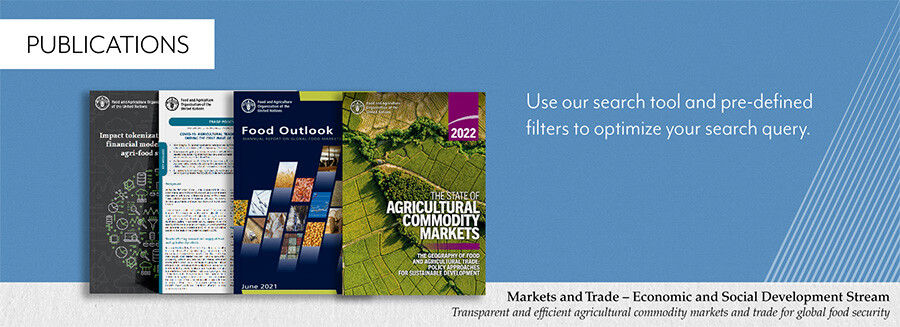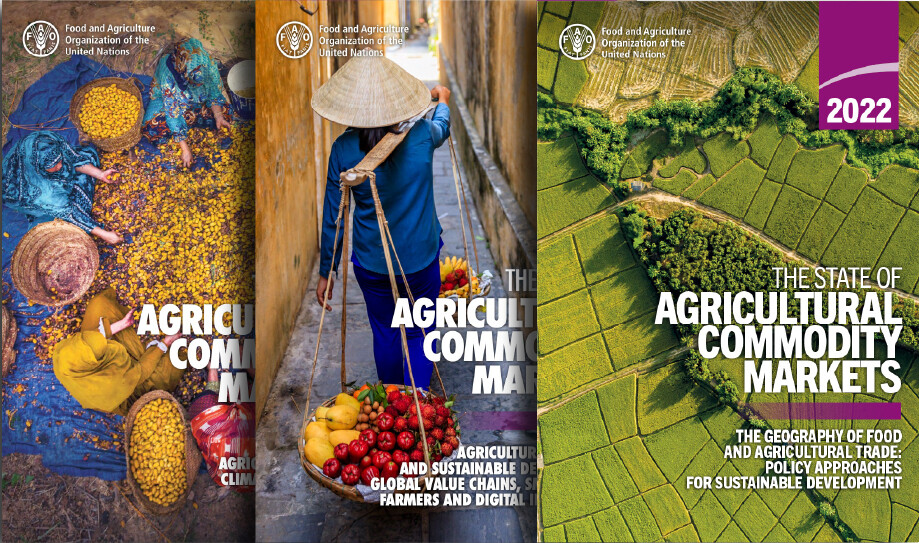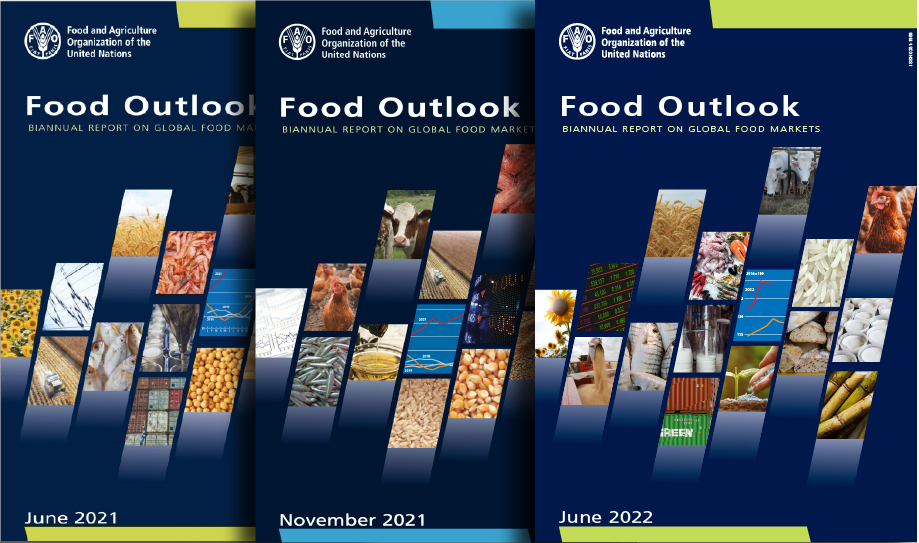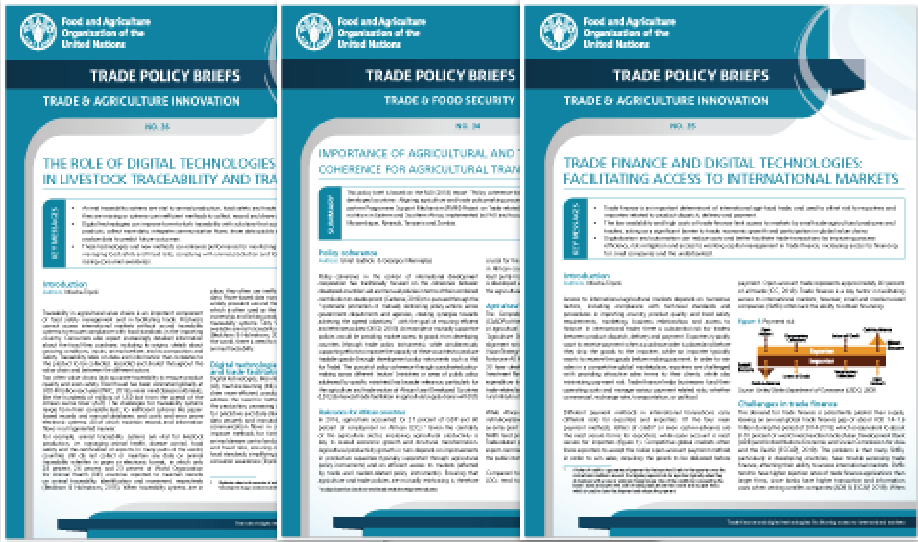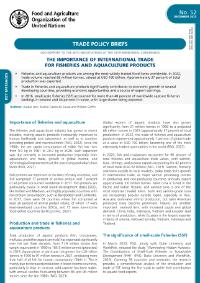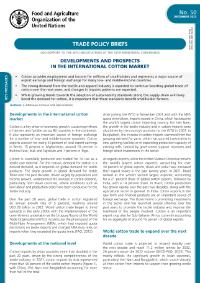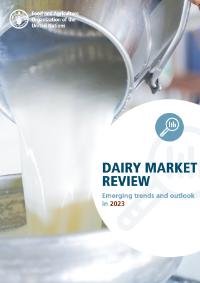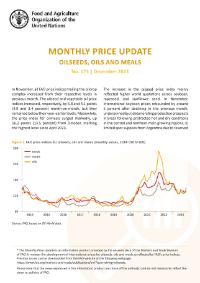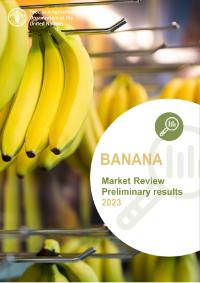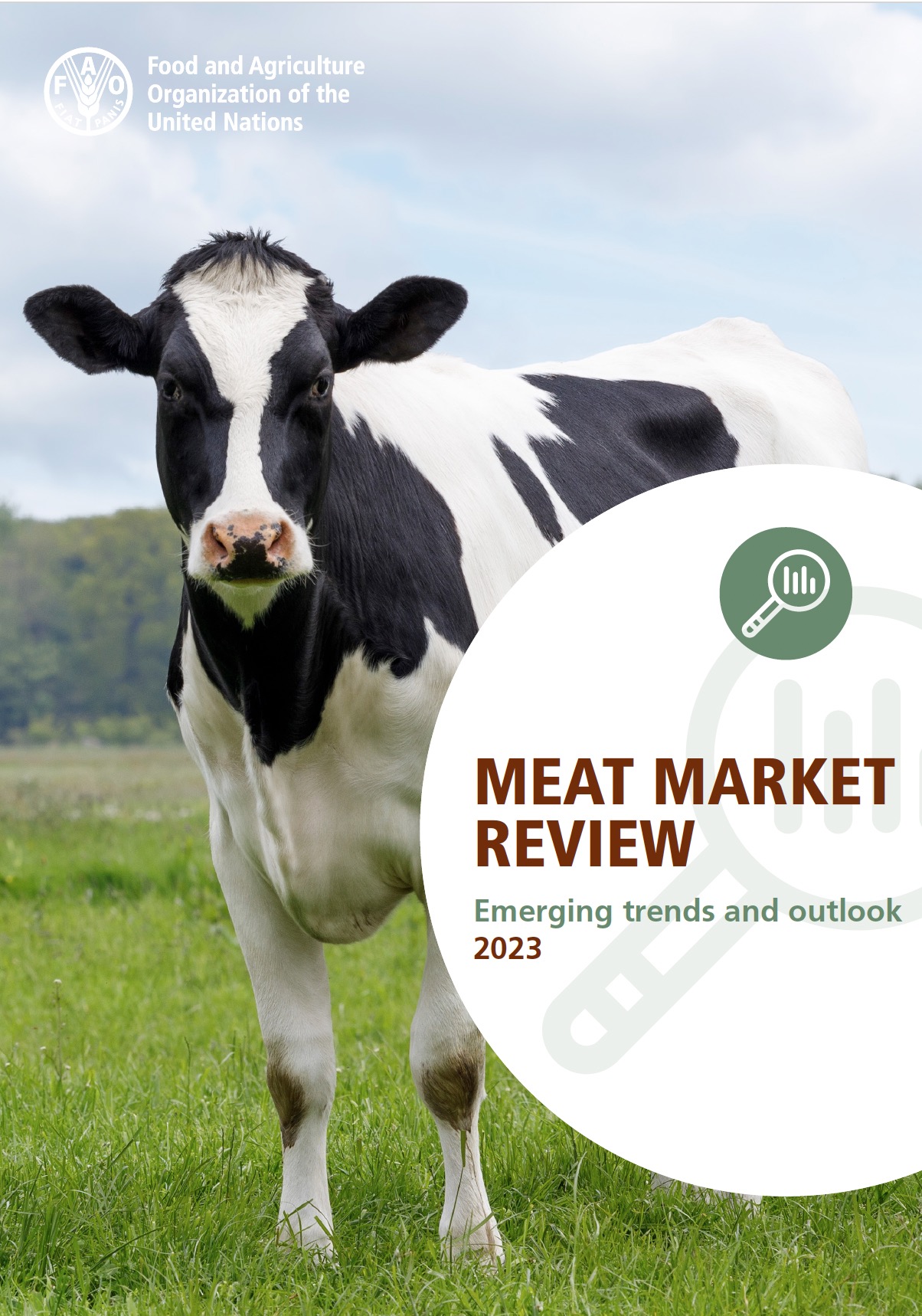Publications
The EST publications hub showcases the entire output of the division. The best way to find publications is by way of using our search facility wherein you can select pre-defined filters to optimize your search query.
As a result of economic growth, technological advances and trade liberalization, the integration of the fisheries and aquaculture sector into international markets has brought many benefits. These include a more efficient allocation of resources, a wider choice of products for consumers, improved access to fish and seafood, and greater development opportunities, particularly for the most vulnerable countries and populations. The fisheries and aquaculture industry has grown in recent decades, making aquatic...
Food safety measures are essential to protect the health of consumers and to promote confidence in international markets. It is therefore crucial to ensure that food safety measures and controls are in place to protect public health while avoiding unnecessary costs and barriers to trade. To ensure that food reaches consumers safely while trade is facilitated, members of the World Trade Organization (WTO) have adopted the Agreement on the Application of...
Cotton is a key driver of economic growth, sustaining millions of farmers and families across 80 countries in five continents. It also represents an important source of foreign exchange for a number of low- and middle-income countries. World cotton trade began to trend upwards in the early 2000s with the implementation of the commitments undertaken at the Uruguay Round of the World Trade Organization (WTO), and is projected to expand steadily...
The review finds that high demand and tight supplies led prices of most dairy products to rebound since October. Furthermore, global milk production is forecast to expand at a faster pace in 2023 while world dairy trade may continue to contract in 2023, albeit less steeply than the previous year.
The Monthly Price Update is an information product provided by the oilseeds desk of the Markets and Trade Division of FAO. It reviews the development of international prices for oilseeds, oils and meals as reflected by FAO’s price indices. In November 2023, all FAO price indices trailing the oilcrop complex increased from the previous month. While the oilseed and vegetable oil price indices remained below their respective year-earlier values, the...
The Banana Market Review is issued on an annual basis to Members and Observers of the Sub-Group on Bananas of the Intergovernmental Group on Bananas and Tropical Fruits, which is a subsidiary body of the Committee on Commodity Problems (CCP). This document provides preliminary estimates for the 2023 market situation for the banana commodity. Imports and exports statistical tables are included.
Special report − 2023 FAO/WFP Crop and Food Security Assessment Mission (CFSAM) to the Republic of Tajikistan
At the request of the government, a joint FAO/WFP Crop and Food Security Assessment Mission (CFSAM) visited the country from 24 June to 14 July 2023 to estimate the 2023 crop production, forecast cereal import requirements for the 2023/24 marketing year (July/June). The mission held extensive meetings to discuss the status of the agricultural sector and the 2023 production prospects with staff of various relevant government institutions, in particular the Ministry...
International cereal prices continued their downward trend in November. Seasonal harvest pressure contributed to the decline in world prices of coarse grains and wheat. The FAO All Rice Price Index remained stable month-on-month, amid contrasting price trends across origins and market segments. In most countries monitored by FAO, annual food inflation remained elevated in November, with domestic staple food prices registering higher levels year-on-year. Multiple concurrent shocks, including conflict, insecurity...
The Meat Market Review aims to provide analyses of recent market and policy developments and information to improve market transparency and support the FAO strategic framework under the four betters, specifically better nutrition. The December issue of the publication identifies emerging market developments and prospects for production and trade in global meat markets in 2023. The review finds that world meat production will likely expand in 2023, reflecting an increased...
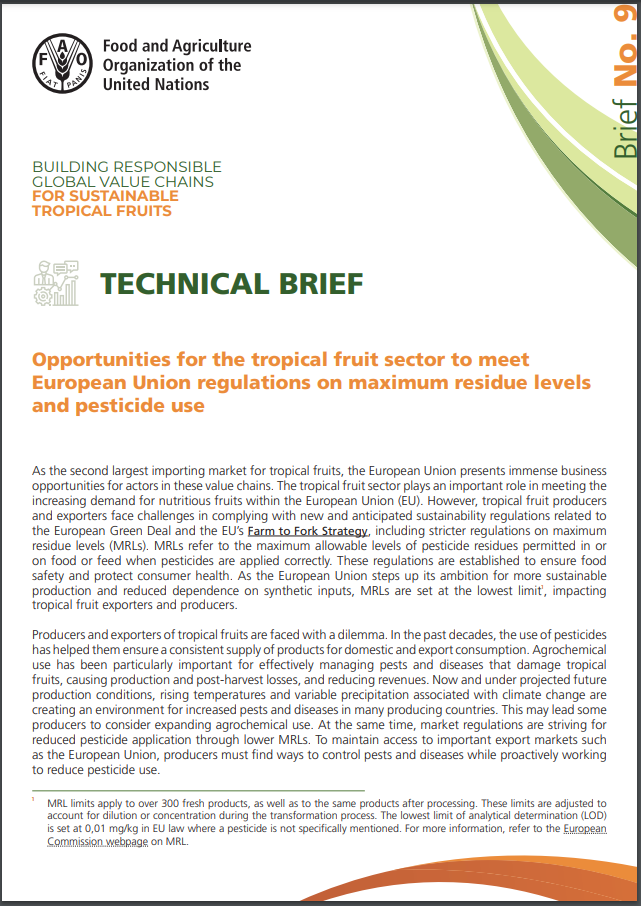
Opportunities for the tropical fruit sector to meet European Union regulations on maximum residue levels and pesticide use
This technical brief explores the challenges and opportunities confronting the tropical fruit sector in meeting European Union (EU) regulations on maximum residue levels (MRLs) and pesticide use. The EU's Farm to Fork Strategy aims to cut chemical pesticide use by half by 2030. Within this context, producers targeting the EU market are confronted with the dilemma of reducing pesticide use while tackling climate change-induced pest challenges. The brief gives examples...

